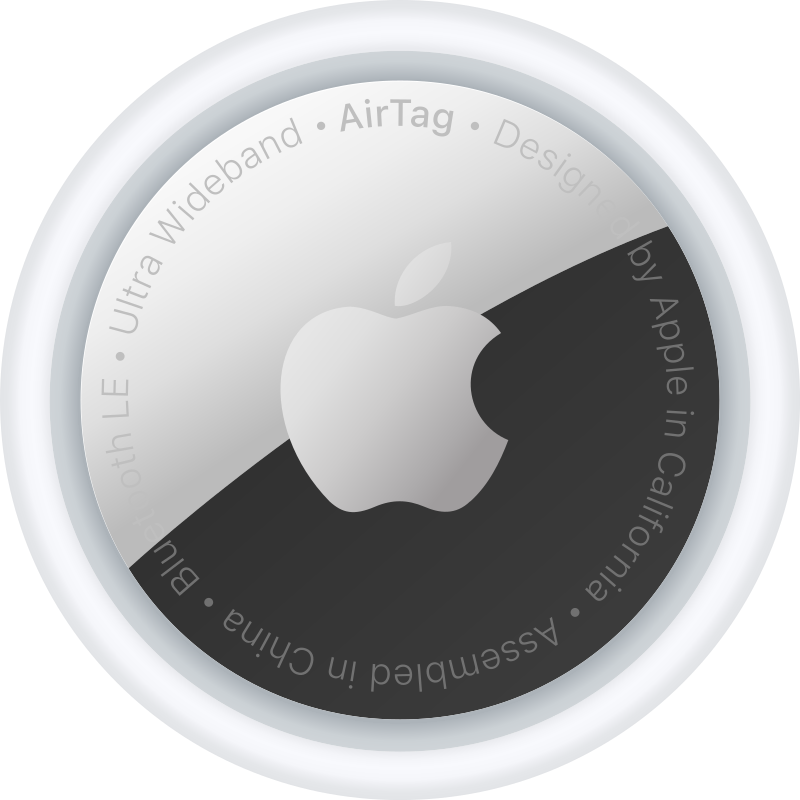
Here’s a useful article about AirTags, especially if you get one or more of these trackers as a gift this holiday season. This article also includes links to Macworld’s review of and guide for the device.
• Macworld > “13 uses for an AirTag” by Karen Haslam, Editor (Dec 19, 2022) – Wondering about using AirTags? Here are 13 ways you can use your AirTags – and whether you should use them that way.
(quote) There are the obvious things like attaching one to your car keys so you won’t mislay them, or sticking one in your car so that you can find it in a car park. You could also attach them to your luggage so you can find it quickly when it comes off the carousel–although it’s not actually going to make it appear any quicker. But what other uses are there?
Your pet’s collar … a remote control … sports bag … in your car … bike …
So, I was not aware that there were some 3rd party trackers which work with Apple’s Find My network (the advantage of scale), as “items” – encrypted Bluetooth ID broadcasters: “Apple licenses third parties to make products that work within the Find My network rules, so you have some choice.”
This article (and related separate reviews) includes pros & cons and tips. And pricing.
• Macworld > “How to track bags and luggage with AirTags to avoid loss and even delay” by Glenn Fleishman, Senior Contributor (Jan 13. 2023) – Apple’s AirTag and third-party Find My items that use the same crowdsourced network can be your best friend when a bag goes astray.
1. The original AirTags remain a good bargain, though they aren’t ideal by themselves [without an accessory holder] for luggage or carry-on bag tracking …
2. The Chipolo ONE Spot is another round tracker, … [which] includes an integral keychain ring, too. [“Once paired, the ONE Spot appears in the Items view in the native Find My app in iOS, iPadOS, and macOS.”]
3. The Pebblebee Clip is a step up from the AirTag and One Spot, providing a rigid metal frame, LEDs to provide additional status information, and a USB-C port for recharging.
A caveat
Notes
[1] I am not sure if this same limitation applies to Life360’s Tile (via iOS or Android app). [And sharing is a different feature.]
• “Use My Tile with More Than One Device”
Image credit: Tile.com
[Preliminary]
AirTag evaluation
Currently my notes only compare Apple’s AirTag with Tile (Android app), as I’ve not purchased any AirTag work-alike items (3rd-party trackers compatible with Apple’s Find My network).
• User Interface: AirTag’s edge
AirTag’s app user interface offers direct integration on Mac, iPad, and iPhone, with the user experience consistent across all devices.
The AirTag app has location view options – street, hybrid, satellite – while Tile only has street view. I found Apple’s location view (hybrid) easier to grasp a tracker’s location in context (although, for my local area, the ages of satellite images in Find My and Maps differ, possibly due to two data sources).
• Location history: Tile’s edge, with caveat
The Tile app, with a Premium subscription, provides a location history for each Tile.
AirTag’s Find My only offers the current location, albeit using a more scaled crowd-sourced network of Apple devices.
On the plus side, Apple’s location service likely offers better privacy and security protections, by not including location history.